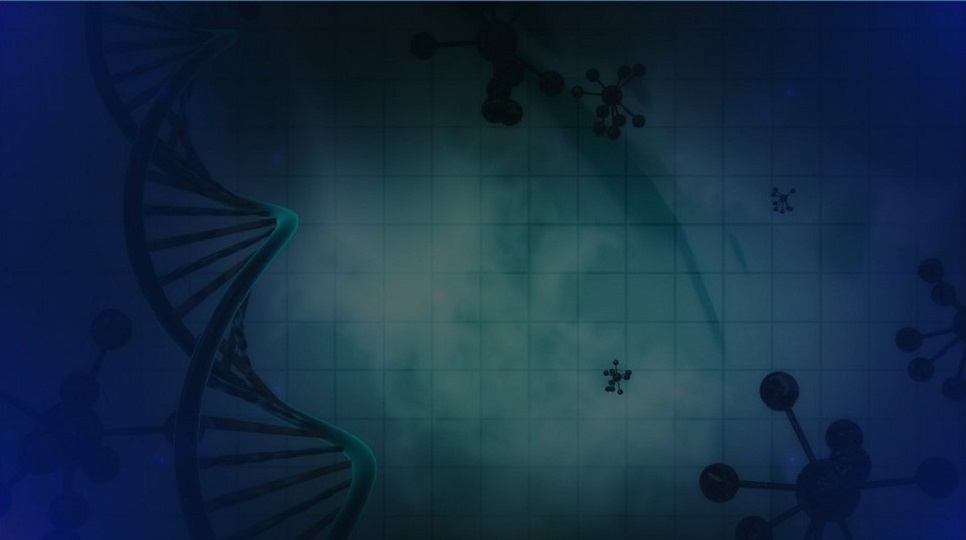Collaborative Study by TOBB ETÜ, University of California, Davis and University of Washington is Published in Nature Nanotechnology
6 YEAR(S) AGO
Researchers from TOBB University of Economics and Technology, University of California Davis and University of Washington demonstrated that single-molecule break-junction conductance technique can be used for detection and identification of specific RNA sequences. The study has been covered by a number of scientific platforms following the publication of the article “Detection and identification of genetic material via single-molecule conductance” in Nature Nanotechnology on November 5.
TOBB ETÜ Biomedical Engineering students in The Bionanodesign Lab. (Left to right: E. Candaş, B. Demir, C. Akın, E. E. Ören, S. Gökce, G. Gökçe ve H. T. Yener)
Studies of the international research group including Dr. Ersin Emre Ören from TOBB ETÜ Department of Biomedical Engineering and graduate students Büşra Demir and Sümeyye Gökce from TOBB ETÜ Department of Materials Science and Nanotechnology Engineering, demonstrate that by using single-molecule conductance techniques, relevant information from short RNA sequences can be obtained for detecting a biological target.
Focusing on specific strains of pathogenic Escherichia coli, the study measured the conductance of an initial target and three additional RNA sequences differing by only a single base. Then by comparing the charge transport properties of these four sequences the researchers found that conductance of RNA:DNA hybrids is sensitive to variations as small as single nucleotide differences with a limit of detection in the attomolar regime.
Stating that the study could pave the way for rapid and straightforward detection technologies for bacterial and viral pathogens and biomarkers for cancer, Dr. Ören said they will be working on new DNA probes in order to detect bacteria and viruses other than E. Coli. “We are willing to work on new DNA-based transistor and memory technologies at TOBB ETÜ Bionanodesign Laboratory which will make use of electrical properties of genetic material” he added.
Dr. Ersin Emre Ören, TOBB ETÜ Department of Biomedical Engineering
The study, published by Nature Nanotechnology last week, is considered as contributing and promising technology for diagnostic and pathogen detection and has thus been covered by many scientific news platforms such as Eurekalert, PhysOrg, Science Daily, Technology Networks, Bioscience Technology, What’s New in Food Technology & Manufacturing, PressCute, Nanowerk, Space-Science and Daily Science.
Please find the full article here. Online access provided by Springer Nature SharedIt.






